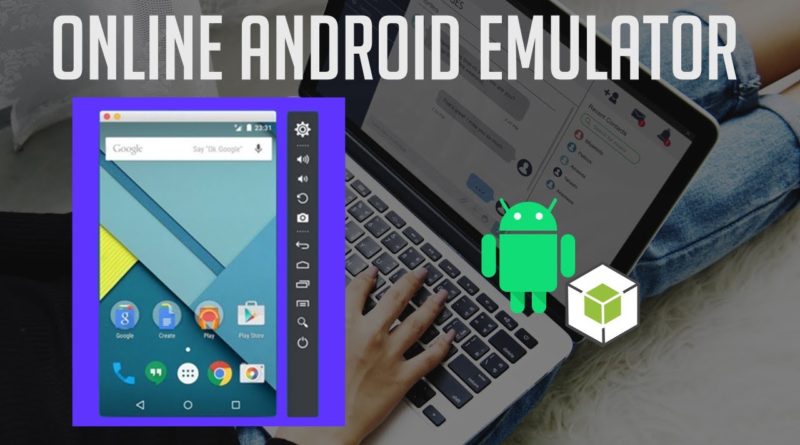
- #Run android on mac install
- #Run android on mac windows 10
- #Run android on mac android
- #Run android on mac software
- #Run android on mac Pc
#Run android on mac android
Nox App Player works properly with Windows versions 7, 8, 10 and also with macOS, and many Mac users tout it to be the best Mac Android emulator. What’s more, the smooth-functioning tool will also enable you to run other apps in parallel, ensuring a complete smartphone experience over a laptop or desktop. The cutting-edge game rendering engine makes efficient use of your system resources and provides a gameplay experience far superior to what any smartphone would offer. While Nox App player is amongst the best minimalistic tools you would come across, it is considered to be one of the best Windows and Mac Android emulators.
#Run android on mac windows 10
I gave the VM the name Windows 10, added a note that this is Windows 10 on Apple Silicon, and added an optional operating system icon (see image below). While Nox recommends a slightly higher memory requirement of 4GB RAM and also suggests having a minimum of 1GB Graphics Card, it is perhaps for this reason that Nox Player is claimed to offer the best UX and gaming experience among all the emulators in the market. With UTM open on your M1 Mac, click the Create a New Virtual Machine button. Perhaps the USP of Nox Player is the neat and clean UI which makes using the tool very easy. The Android ISO file and VirtualBox are both free, so go ahead and download both from the links below.

If not, you will run into performance issues. In comparison to a Samsung Galaxy S9+, BlueStacks has demonstrated performance increases from 12.6% for Player Unknown’s Battlegrounds game to a maximum of 66.67% for Idle Heroes. Before Getting Started While this Android port can run on pretty much any Intel-based Mac, you will still need to make sure you have at least 10GB of free hard drive space and 4GB of RAM. Thus, one can play any game such as PUBG, Clash of Clans, or Ruler Survival without experiencing micro-stutters or FPS drops.
#Run android on mac Pc
Playing the game on a PC provides the advantage of the graphics card, intermediary architectures such as DirectX, and the benefit of better interaction devices. While BlueStacks recommends Intel HD 5200 or higher graphics card to enable playing games seamlessly, there is no question that playing Android games on BlueStacks would provide for a much better gaming experience. Because of low system requirements, along with facilitating the use of mouse and keyboard, BlueStacks enables a faster functioning than any smartphone. The PC on which it is to be used will need to have at least 4GB of disk space for storing Android apps and games and their data which again is requirement easy to tick off. It requires a minimum of 2GB RAM, while in 2018, most users would have more than 6GB of RAM installed in their systems already.
#Run android on mac install
Run the Virtualbox.pkg package and follow the on-screen prompts to install the app on the Mac. This is basically an application to play Android games on your Mac. To start, download Virtualbox for OS X, free of charge, and open the downloaded image.
#Run android on mac software
Reload the path environment variables by running: KO Player is an emulator software that allows Android apps run on Mac.Copy and paste this line to do this automatically for Bash and Zsh:Įcho "export PATH= $ANDROID_HOME/platform-tools:\ $PATH" > ~/ ` ] & echo '.zshenv' || echo '.bash_profile' ` After installing Virtualbox, you can launch it on the Mac and click New, fill in the details, name the new virtual machine, and click Next.

Download a modified version of the Android operating system that can run on intels chip (x86). On macOS, you will also need to add platform-tools to your ~/.bash_profile (or ~/.zshenv if you use Zsh) - eg. The first step is to download and install Virtualbox on your Mac.& ANDROID_HOME = $HOME/Library/Android/sdk || ANDROID_HOME = $HOME/Android/SdkĮcho "export ANDROID_HOME= $ANDROID_HOME" > ~/ ` ] & echo '.zshenv' || echo '.bash_profile' ` Copy and paste these two lines to do this automatically for Bash and Zsh: If you are on macOS or Linux, add an environment variable pointing to the Android SDK location in ~/.bash_profile (or ~/.zshenv if you use Zsh) - eg.


 0 kommentar(er)
0 kommentar(er)
